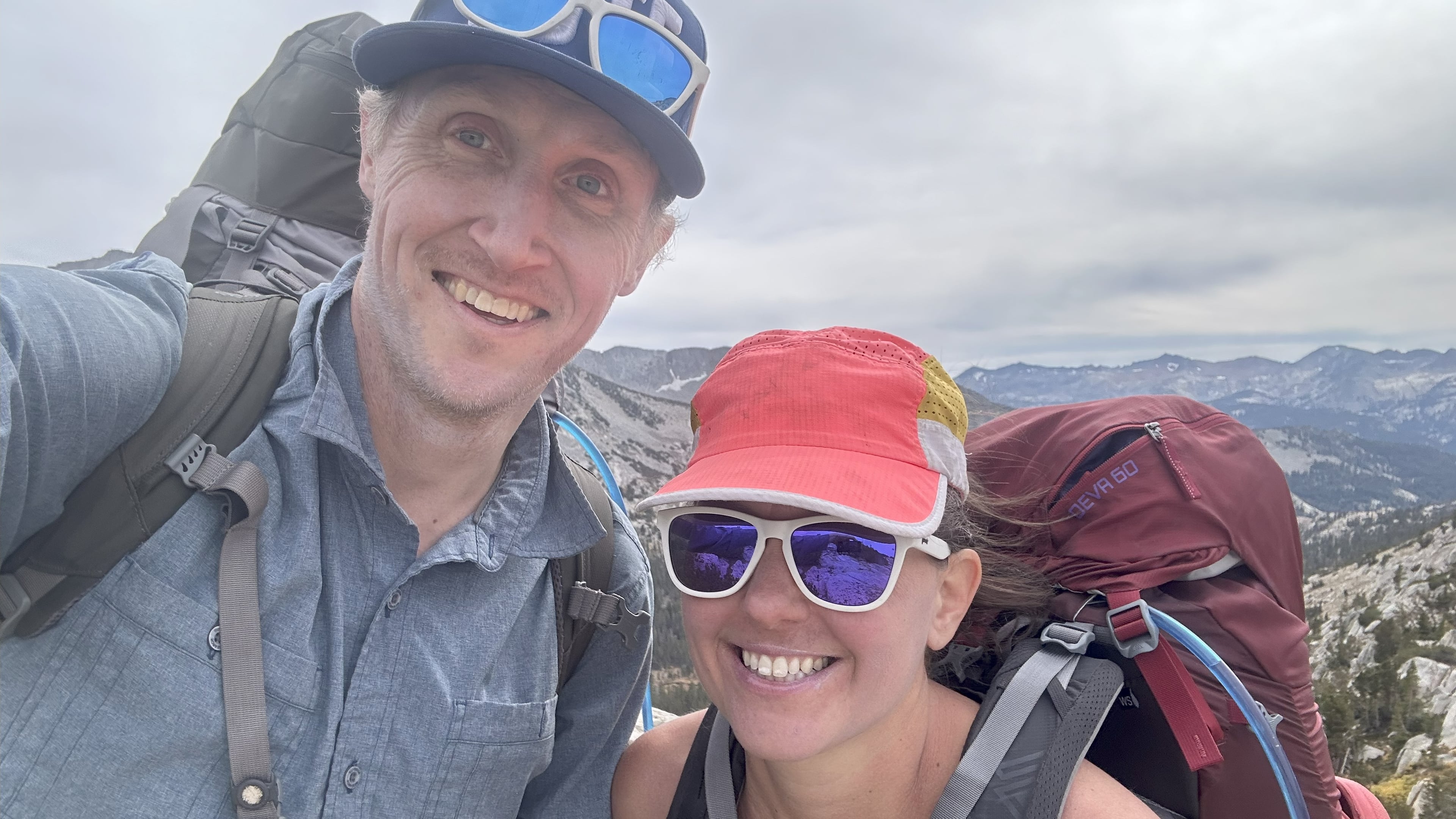Quick thinking saved this Georgia mother’s life

Michelle Hughes was on vacation in Florida when she started having vision problems similar to what she previously experienced with migraine headaches. But the Decatur mom, 38 at the time, didn’t consider it to be a sign of a larger health concern.
“I thought myself very healthy, you know, no underlying medical conditions, no high blood pressure, nothing.” She even completed a 5-mile run with her husband the day before, where they were staying with their two young children and his parents in West Palm Beach.
When she started slurring her speech and noticed the left side of her body felt “droopy,” her husband — an emergency room doctor at Emory Healthcare — began taking steps to save her life.

He called a neurologist friend, who confirmed she needed immediate care at a hospital, so he drove her to the closest emergency room. There, doctors administered medication that can break up blood clots in the brain that cause a stroke if caught early enough.
An ambulance later transferred Hughes to a nearby stroke center, where brain scans confirmed she had a stroke.
The medical emergency is often referred to as a “brain attack” because the blood flow to an area of the brain is cut off, depriving brain tissue of oxygen and nutrients. As a result, brain cells can die, causing loss of memory and muscle control, according to the Georgia Department of Public Health.
‘I’m seeing patients in their 20s, 30s and 40s’
Hughes is part of a growing trend of younger patients having strokes.
The Georgia DPH notes a 41% increase in stroke hospitalization rates for ages 18 to 44 in its most recent health planning analysis, 2010-2023. Emory Healthcare’s stroke prevention clinic also reports an increase in younger patients, ages 18 to 44, seeking care, including a 7% increase from 2023 and 2024.
“Every single day I’m at the clinic, I’m seeing patients in their 20s, 30s and 40s coming in with strokes,” said Dr. Fadi Nahab, a vascular neurologist who oversees the clinic as Emory Healthcare’s stroke quality director. He added that he regularly treats young patients, including Hughes, who have nontraditional risk factors.
Meanwhile, another Atlanta neurologist says he’s seeing more young patients, ages 18 to 50, with strokes caused by the same risk factors as older patients.
“It’s concerning, obviously, because these are preventable diseases with modifiable risk factors,” said Dr. Juan Carlos Martinez Gutierrez, a vascular and interventional neurologist with Wellstar Health System. Obesity, diabetes, high blood pressure, high cholesterol and inactivity are contributing to more ischemic, or clot-caused, strokes in younger people, he said.
“Oftentimes, young people come in with their parents, who are stunned that their child had a stroke. It’s a new occurrence that I’ve dramatically seen in the last five years,” Nahab said.
The need for speed
Time is critical when it comes to preventing strokes from becoming severely debilitating, the Atlanta doctors explained. The most common symptoms are a drooping face, arm or leg weakness or speech difficulties.
“We want to make sure that people are aware of these symptoms and signs so they can actually proceed to call 911 and get treatment in a timely fashion because the longer the stroke symptoms are ongoing, the more the damage to the brain,” Martinez Gutierrez said.
Quick action also increases the likelihood of qualifying for the best treatments, including an intravenous drug to break up the clot, like Hughes had, or a minimally invasive surgery.
Hughes is proof that quick action saves lives. She said her symptoms subsided within two or three hours after they began.
“I could walk out of the hospital. Like, you could look at me and you wouldn’t be like: ‘Oh, she had a stroke,’” she said.
Since the stroke, Hughes said she feels a bit slower and continues to experience fatigue and reduced stamina. She still has occasional migraines but has medicine to treat them now. She realizes her situation could have been much worse had her husband not recognized the signs of stroke to seek medical attention.
Roni Robbins has been a journalist for 37 years. This is her second stint as a freelance reporter for the AJC. She also freelances for Medscape, where she was an editor. Her writing has appeared in WebMD, HuffPost, Forbes, NY Daily News, BioPharma Dive, MNN, Adweek, Healthline and others. She’s also the author of the multiaward-winning novel “Hands of Gold: One Man’s Quest to Find the Silver Lining in Misfortune.”


